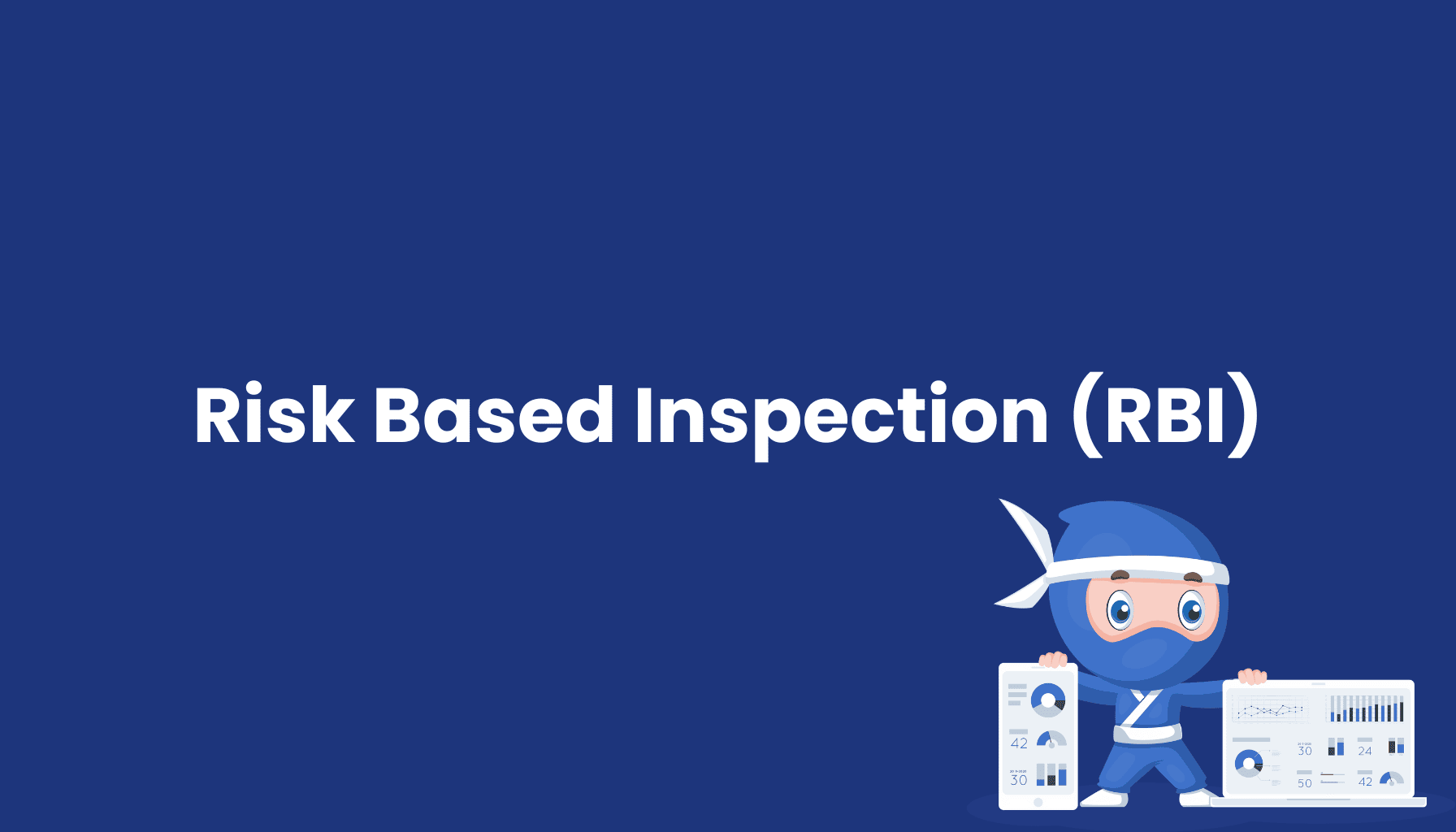Risk Based Inspection (RBI)

What is Risk Based Inspection (RBI)?
Risk Based Inspection (RBI) is a method used to plan inspection and maintenance activities based on risk assessment. By analyzing and evaluating potential risks in technical systems or equipment, RBI ensures that inspection resources are used more efficiently by prioritizing high-risk areas. The goal of RBI is to improve safety, ensure reliability, and optimize maintenance costs.
Benefits of Risk Based Inspection (RBI)
- Improved Safety: Prioritizing inspections in high-risk areas helps identify and eliminate potential hazards, enhancing overall safety.
- Increased Reliability: Regular inspections in critical areas ensure uninterrupted operation and extend the lifespan of equipment.
- Cost Optimization: Maintenance costs are reduced by focusing inspections on high-risk areas, while less critical areas are inspected less frequently.
- Efficient Resource Allocation: RBI saves time and money by assigning inspection resources based on actual risk factors, ensuring more targeted inspections.
- Regulatory Compliance: RBI supports companies in meeting regulatory requirements by providing a systematic and documented inspection strategy.
RBI in Industry
RBI is widely applied in industries where operational safety and equipment reliability are critical, such as oil and gas, chemical processing, and power generation. The method ensures that inspections are carried out where they are most needed, helping to minimize downtime and prevent accidents.
Conclusion: Risk Based Inspection (RBI) improves the safety and reliability of equipment by using a risk-based approach to inspection planning. It also reduces maintenance costs and enhances the efficient use of inspection resources while ensuring compliance with safety and regulatory standards.





